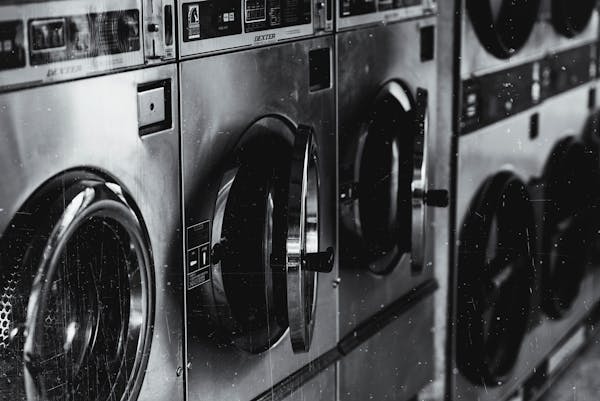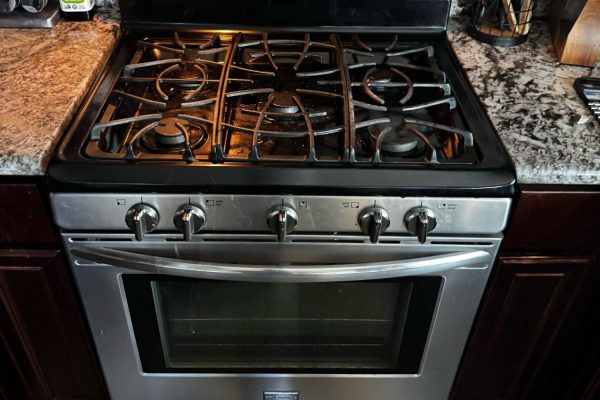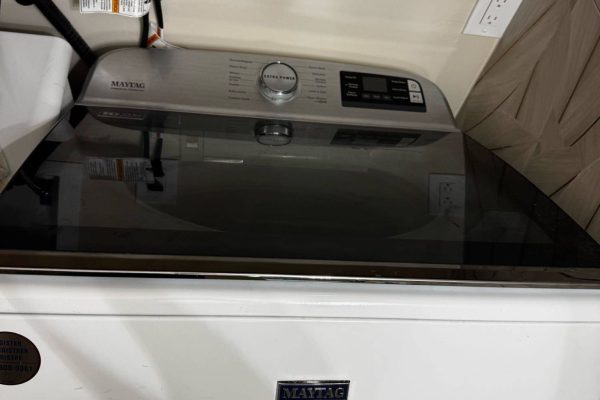A dryer is a household appliance that makes laundry chores more convenient and efficient. However, like any other appliance, dryers are prone to wear and tear, which can lead to various issues, including clogged or worn moisture sensors. These sensors play a crucial role in regulating the drying process and preventing over-drying or under-drying of clothes. In this article, we’ll explore the significance of moisture sensors in dryers, common signs of clogging or wear, and effective maintenance tips to keep your dryer functioning optimally.
Understanding Moisture Sensors
Moisture sensors in dryers are responsible for detecting the moisture level in the clothes being dried. They work by sending signals to the dryer’s control panel, which adjusts the drying time and temperature accordingly. This helps prevent over-drying, which can damage clothes and waste energy, as well as under-drying, which leaves clothes damp and wrinkled.
Common Signs of Clogged or Worn Moisture Sensors
Clothes Not Drying Properly: One of the most obvious signs of a clogged or worn moisture sensor is when your clothes consistently come out of the dryer damp or partially dry, despite running a full drying cycle.
Extended Drying Time: If your dryer takes longer than usual to dry a load of laundry, it could indicate that the moisture sensors are not functioning correctly. This often leads to increased energy consumption and higher utility bills.
Overheating or Burning Smell: Clogged moisture sensors can cause the dryer to run at higher temperatures than necessary, leading to overheating and potentially emitting a burning smell. This poses a fire hazard and should be addressed immediately.
Inconsistent Drying Results: Another indication of faulty moisture sensors is inconsistent drying results, where some items come out dry while others remain damp or wrinkled. This suggests that the sensors are not accurately detecting the moisture levels in the clothes.
Maintenance Tips for Clogged or Worn Moisture Sensors
Regular Cleaning: To prevent moisture sensors from becoming clogged with lint, debris, or fabric softener residue, it’s essential to clean them regularly. Start by unplugging the dryer and removing the lint trap. Use a vacuum cleaner with a crevice tool attachment to carefully remove any lint or debris from the sensor area.
Use a Soft Cloth and Vinegar: For stubborn residue buildup on the moisture sensors, dampen a soft cloth with white vinegar and gently wipe the sensors clean. Vinegar helps dissolve residue without leaving behind any harmful chemicals or residue that could interfere with sensor performance.
Inspect for Wear and Tear: Periodically inspect the moisture sensors for signs of wear or damage, such as corrosion, discoloration, or physical damage. If you notice any abnormalities, consider replacing the sensors to ensure accurate detection of moisture levels.
Follow Manufacturer’s Guidelines: Refer to the dryer’s user manual for specific maintenance recommendations and instructions provided by the manufacturer. This may include additional steps or precautions to keep the moisture sensors in optimal condition.
Clogged or worn moisture sensors in dryers can lead to various issues, including inefficient drying, increased energy consumption, and potential safety hazards. By understanding the importance of moisture sensors and recognizing the signs of clogging or wear, you can take proactive steps to maintain your dryer and ensure its optimal performance. Regular cleaning, inspection, and following manufacturer’s guidelines are key to keeping moisture sensors functioning effectively and prolonging the lifespan of your dryer. By incorporating these maintenance tips into your routine, you can enjoy hassle-free drying and extend the longevity of your appliance.
Access our appliance repair experts today! Reach out to a skilled technician from Poway Appliance Repair Service Center via phone or schedule your service online.
Our service center operates 24/7, allowing you to effortlessly arrange a suitable repair time. The specialist will arrive promptly, conduct a diagnosis, and if needed, provide on-site repairs within 1-2 hours, if you prefer. Experience top-notch service at a budget-friendly price!
Contact us:


